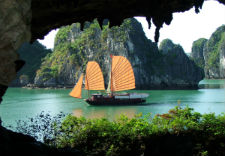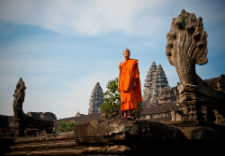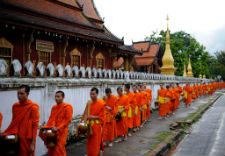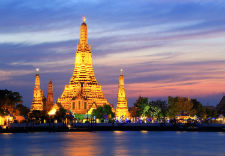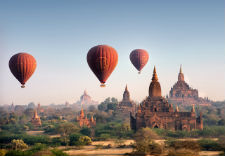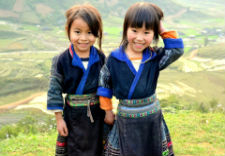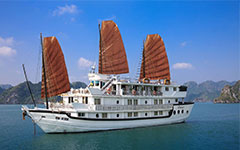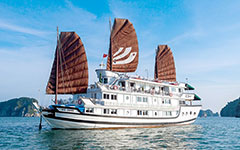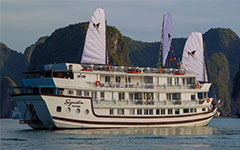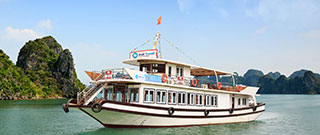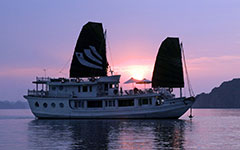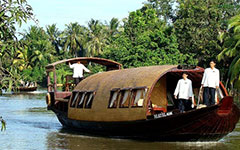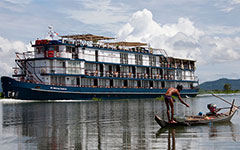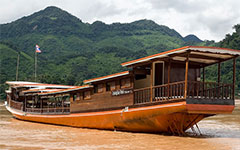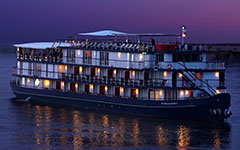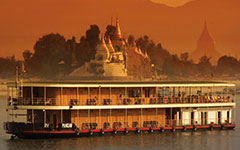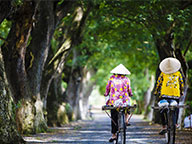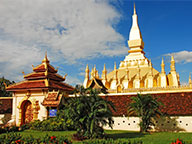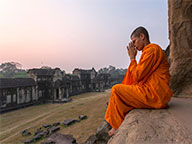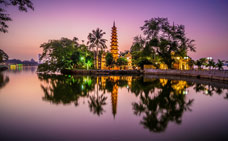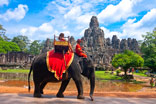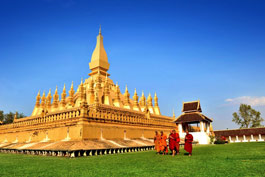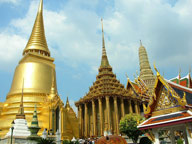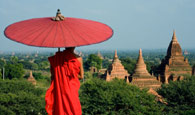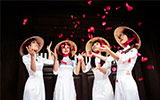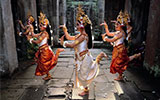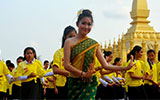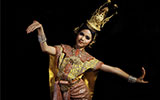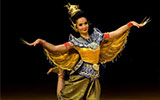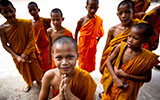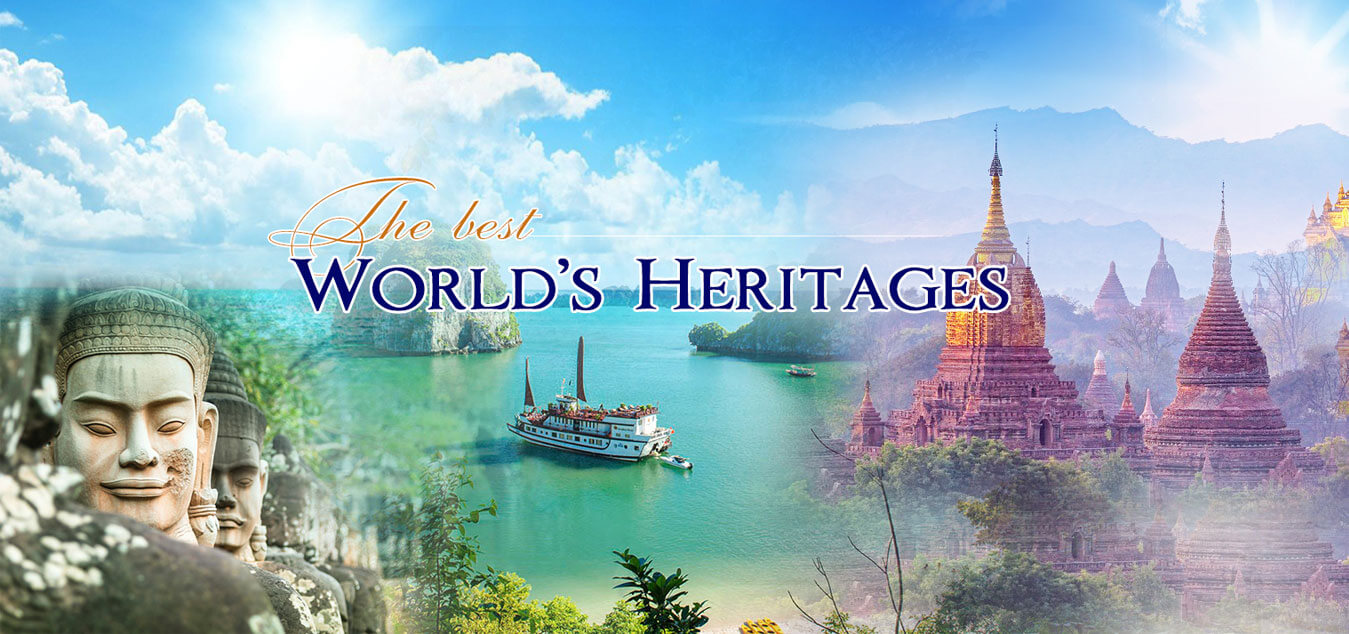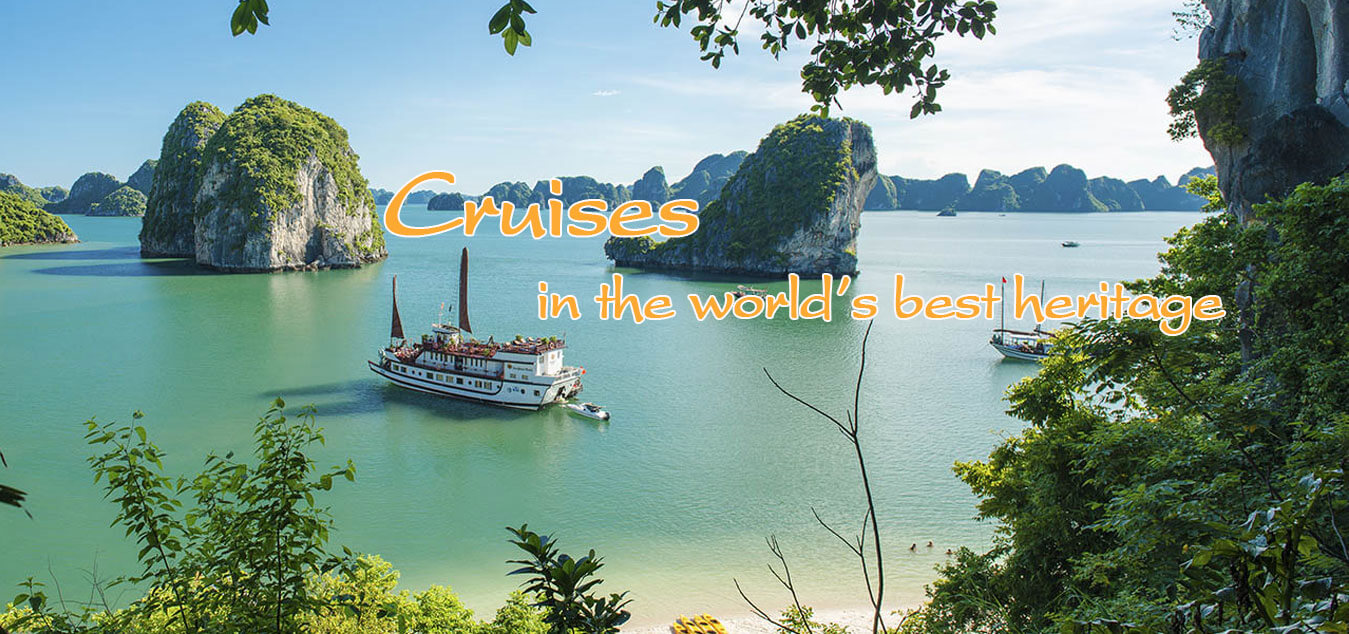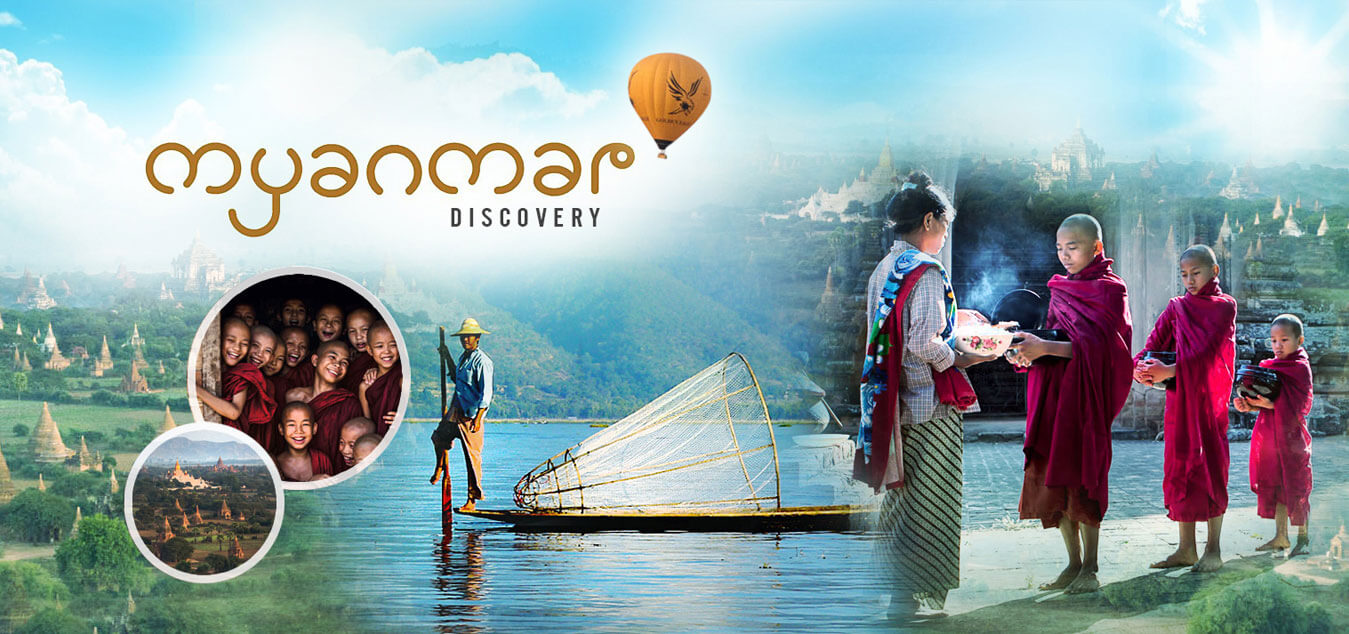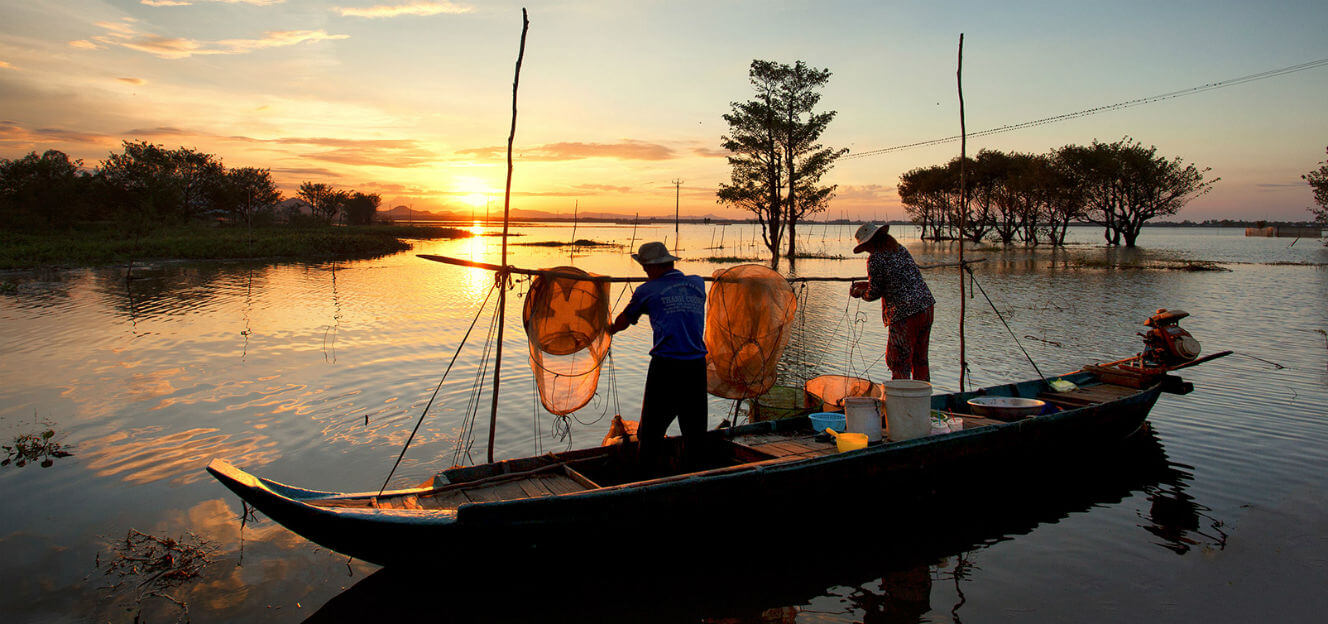Health & Safety
Most foreigners come to Cambodia must check what they avoid , and what they should do before coming.
Cambodia is a developing country in Asia, the infrastucture of health care is still generally very poor, the best way before your traveling is to need some vaccination (8 weeks before depart), and to bring some medicine aid with you. Remember that your travel insurance is highly recommended when you travel to abroad.
These are common diseases in Cambodia : Malaria, dengue fever and HIV, Hepatitis, Typhoid and Rabies
Despite the efforts of Cambodian authorities and other agencies in reducing the overall rate of HIV/AIDS, there remains a significant risk of contracting HIV/AIDS in certain high risk activities such as unprotected sex and injecting drug
Malaria is also prevalent in some regions. We encourage you to consider taking prophylaxis against malaria and other mosquito-borne diseases where necessary; and to take measures to avoid insect bites, including using an insect repellent at all times, wearing long, loose fitting, light coloured clothing and ensuring your accommodation is mosquito proof.
Food
This is slightly extreme, but many travellers have found it is better to be safe than sorry. Vegetables and fruit should be washed with purified water or peeled where possible. Beware of ice cream that is sold in the street or anywhere it might have been melted and refrozen. Shellfish such as mussels, oysters and clams should be avoided, as should undercooked meat, particularly in the form of mince. Steaming does not make shellfish safe for eating.
If a place looks clean and well run, and the vendor also looks clean and healthy, then the food is probably safe. In general, places that are packed with travellers or locals will be fine, while empty restaurants might be empty for a reason. The food in busy restaurants is cooked and eaten quite quickly with little standing around and is probably not reheated.
Drinking Water
Be careful with the drinking water and ice. Don't drink any tap water at your hotels, even at high-class hotels, not safe at all anywhere in South East Asian Countries for tap water. When you travel around the country, the bottled water is the best choice , if you have some cup of coffee or tea on the street, It is totally fine, because the water is boiled.
The hotels often set the complimentary tea or coffee bags in the room, and you can use the tap water to boil it. And make it on your own way.
Traveller’s diarrhoea
Simple things like a change of water, food or climate can all cause a mild bout of diarrhoea, but a few rushed toilet trips with no other symptoms are not indicative of a major problem. Almost everyone gets a mild bout of the runs on a longer visit to Cambodia.
Dehydration is the main danger with diarrhoea, particularly in children or the elderly as dehydration can occur quite quickly. Under all circumstances fluid replacement is the most important thing to remember. Weak black tea with a little sugar, soda water, or soft drinks allowed to go flat and diluted 50% with clean water are all good. You need to drink at least the same volume of fluid that you are losing in bowel movements and vomiting. Urine is the best guide to the adequacy of replacement: if you have small amounts of concentrated urine, you need to drink more. Keep drinking small amounts often. Stick to a bland diet as you recover.
Your medication
Cambodia is a tropical humid country, the heat and the change of climate could cause the sickness for you. If you visit in the hot season, the heat is a big problem for your touring. Wearing the hat, drinking much clean water is alway the best advice. You also never know what happens on your trip, especially some unfortunate case of diarrhoea. You should bring your pharmacy in case. Sometimes you even can not find your right medicine in the places you travel.
